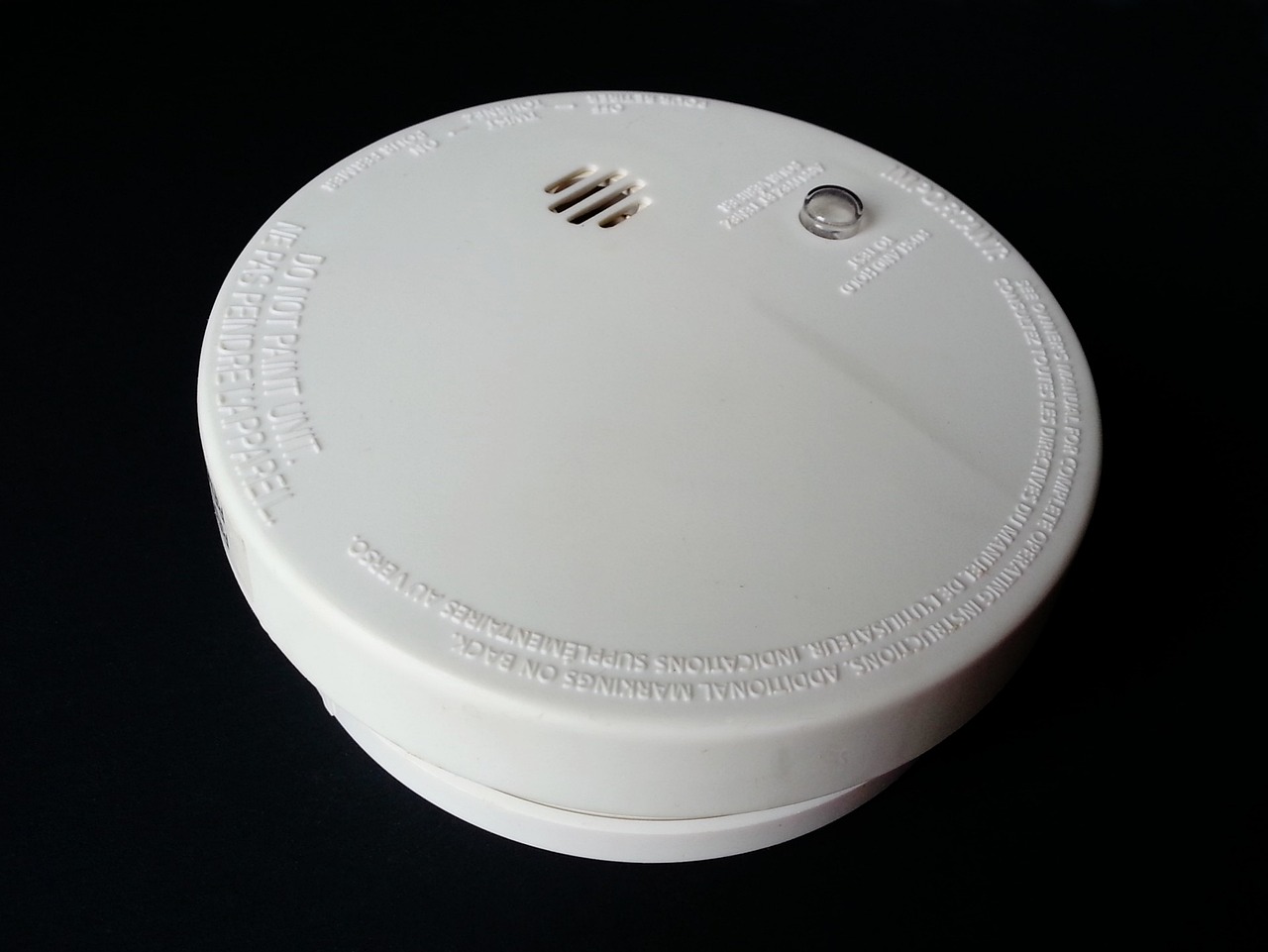Your smoke alarm is your first line of defense in a fire, but it can also be an annoyance if your smoke alarm treats everyday activities like cooking as just as important as fires. On the flip side, some smoke alarms might not be functional, making their appearance a façade of safety. If you find yourself running over to turn off a faulty alarm regularly or worrying about its effectiveness, we hope that today’s blog will give you insights into why this happens and what you can do to make it more effective and accurate. Remember, an annual electrical check-up is one of the best ways to stay safe in your home.

- Clean Your Smoke Alarms: Smoke alarms need to stay clean to work right. Dust and debris can block the sensors, causing them to fail when needed. Here’s how you can keep them clean:
- Disconnect the power to your smoke alarm at the circuit breaker.
- Gently remove the alarm from its mounting bracket.
- Gently clean the outside of the housing using a low-powered vacuum attachment or duster.
- Wipe the outside with a damp cloth or wet wipe. Avoid getting moisture inside the alarm.
- Use a can of compressed air to blow out the inside and be careful not to damage any components.
- Put the alarm back in place and turn the power back on.
Do this at least once a year or more often if you live in a dusty area. Remember, a clean smoke alarm is a working smoke alarm.
- Replacing Batteries Regularly: Smoke alarms on low battery might be overly sensitive or ineffective, depending on how the device reacts to low power. Most smoke alarms will chirp to tell you the battery is low, but don’t wait for that reminder.
- Mark your calendar to replace the batteries at least once a year during your electrical check-up.
- A visible ‘Test’ button on your smoke alarm should allow you to check their performance after a battery swap.
- Adjusting Sensitivity Levels: Your smoke alarm’s sensitivity is crucial for detecting fires early while avoiding annoying false alarms. Most alarms have a sensitivity setting that can be adjusted to suit your environment. They won’t all be the same, but here’s an example of how you can adjust it:
- Locate the sensitivity adjustment feature on your smoke alarm. This is often found in the battery compartment or the back of
- Use a small screwdriver or tool to adjust the dial or switch. Turning it one way increases sensitivity and turning it the other way decreases it.
- Test the alarm after adjusting. Light a match, blow it out, and hold it near the alarm to see if it reacts appropriately.
If you’re unsure about adjusting the sensitivity yourself, it’s best to consult a local professional like the team of electricians at Promise Electric.
- Syncing with Smart Home Devices: Integrating your smoke alarms with smart home devices can make your life easier and safer. Not all smoke alarms are compatible – most are newer brands. When buying a new smoke alarm, look for the label ‘smart’ or ‘Wi-Fi’ on the packaging. The instructions should direct you to download an app to pair with the alarm, giving you access to real-time information about the device. Once connected, you can start testing the features. The most common feature of smart smoke alarms is remote viewing – you will know if your alarm is sounding off, even when you aren’t home. This can help protect your family, household, and neighbors more effectively. However, some models may have other benefits, such as built-in ways to adjust the sensitivity or ‘sleep’ for a certain period when you know a cooking technique might trigger the alarm.
Do you have concerns about your smoke alarm? When electrical concerns come around, don’t leave your safety to chance. Contact the team at Promise Electric today and schedule your annual electrical check-up.


